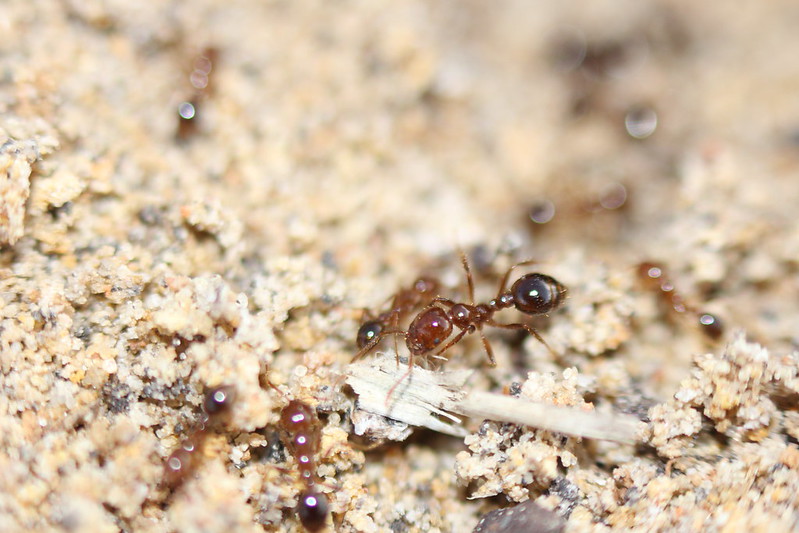Red Imported Fire Ant
go.ncsu.edu/readext?707340
en Español / em Português
El inglés es el idioma de control de esta página. En la medida en que haya algún conflicto entre la traducción al inglés y la traducción, el inglés prevalece.
Al hacer clic en el enlace de traducción se activa un servicio de traducción gratuito para convertir la página al español. Al igual que con cualquier traducción por Internet, la conversión no es sensible al contexto y puede que no traduzca el texto en su significado original. NC State Extension no garantiza la exactitud del texto traducido. Por favor, tenga en cuenta que algunas aplicaciones y/o servicios pueden no funcionar como se espera cuando se traducen.
Português
Inglês é o idioma de controle desta página. Na medida que haja algum conflito entre o texto original em Inglês e a tradução, o Inglês prevalece.
Ao clicar no link de tradução, um serviço gratuito de tradução será ativado para converter a página para o Português. Como em qualquer tradução pela internet, a conversão não é sensivel ao contexto e pode não ocorrer a tradução para o significado orginal. O serviço de Extensão da Carolina do Norte (NC State Extension) não garante a exatidão do texto traduzido. Por favor, observe que algumas funções ou serviços podem não funcionar como esperado após a tradução.
English
English is the controlling language of this page. To the extent there is any conflict between the English text and the translation, English controls.
Clicking on the translation link activates a free translation service to convert the page to Spanish. As with any Internet translation, the conversion is not context-sensitive and may not translate the text to its original meaning. NC State Extension does not guarantee the accuracy of the translated text. Please note that some applications and/or services may not function as expected when translated.
Collapse ▲My first introduction to red imported fire ants was in Alabama a few years ago when I was attending the annual National Association of County Agriculture Agents Conference. We were on a field tour at a nursery and I ended up standing on a non-descript fire ant mound. I quickly learned how painful their stings can be!
Fire ants are native to southern Brazil. They currently can be found in eleven southern states and in 74 of 100 counties in North Carolina. There is a quarantine by the US Department of Agriculture & the N.C. Department of Agriculture and Consumer Services that regulates the movement of items that might carry fire ant infestations to other uninfested parts of the state and country. Fire ants have a major impact on the ornamental plant, sod, and landscaping industries because of problems associated with shipping potentially infested plant material or soil into uninfested areas. Often fire ant mounds found in a previously uninfested area can be traced to landscaping performed at residential or commercial developments.
Fire ant mounds vary in size but are usually in direct proportion to the size of the colony. So, a mound that is 2’ in diameter & 18” tall may contain over 100,000 ants. Mounds in clay soil will usually be symmetrical and dome-shaped, where those constructed in sandy soils will be irregular in shape.
Fire ants are difficult to control and require you to use multiple means to manage them. Managing fire ants requires you to come at them in several ways: start by, inspecting any new landscape material before you purchase & plant in your landscape; eliminate food sources; and the use of chemical insecticides. As for the management of fire ants in your landscape, the “Two-Step Method” is highly effective but requires more effort on your part. Place a bait product out around a mound. Wait about 5-7 days. Then, apply a mound drench which should kill the remaining workers more quickly.
To learn more about fire ants and details on recommended bait and mound treatments, conduct an internet search for Red Imported Fire Ant in North Carolina.





